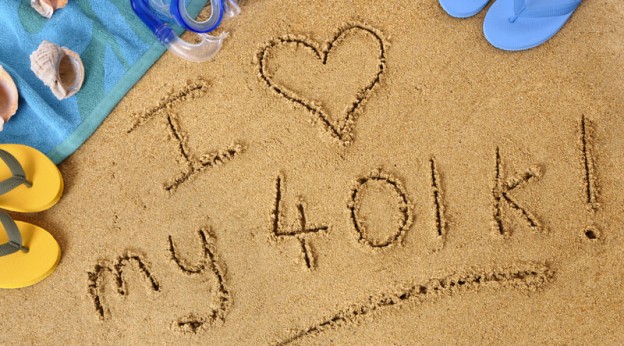Do you really know as much as you think you do about your 401(k) plan? Let’s find out.

1. If I leave my job, my entire 401(k) account is mine to keep.
This may or may not be true, depending on your plan’s “vesting schedule.” Your own contributions to the plan–that is, your pretax or Roth contributions–are always yours to keep. While some plans provide that employer contributions are also fully vested (i.e., owned by you) immediately, other plans may require that you have up to six years of service before you’re entitled to all of your employer contributions (or you’ve reached your plan’s normal retirement age). Your 401(k)’s summary plan description will have details about your plan’s vesting schedule.
2. Borrowing from my 401(k) plan is a bad idea because I pay income tax twice on the amount I borrow.
The argument is that you repay a 401(k) plan loan with dollars that have already been taxed, and you pay taxes on those dollars again when you receive a distribution from the plan. Though you might be repaying the loan with after-tax dollars, this would be true with any type of loan.
And while it’s also true that the amount you borrow will be taxed when distributed from the plan (special rules apply to loans from Roth accounts), those amounts would be taxed regardless of whether you borrowed money from the plan or not. So the bottom line is that, economically, you’re no worse off borrowing from your plan than you are borrowing from another source (plus, the interest you pay on a plan loan generally goes back into your account). But keep in mind that borrowing from your plan reduces your account balance, which may slow the growth of your retirement nest egg.
3. Because I make only Roth contributions to my 401(k) plan, my employer’s matching contributions are also Roth contributions.
Employer 401(k) matching contributions are always pretax–whether they match your pretax or Roth contributions. That is, those matching contributions, and any associated earnings, will always be subject to income tax when you receive them from the plan. You can, however, convert your employer’s matching contributions to Roth contributions if your plan allows. If you do, they’ll be subject to income tax in the year of the conversion, but future qualified distributions of those amounts (and any earnings) will be tax free.
4. I contribute to my 401(k) plan at work, so I can’t contribute to an IRA.
Your contributions to a 401(k) plan have no effect on your ability to contribute to a traditional or Roth IRA. However, your (or your spouse’s) participation in a 401(k) plan may adversely impact your ability to deduct contributions to a traditional IRA, depending on your joint income.
5. I have two jobs, both with 401(k)s. I can defer up to $18,000 to each plan.
Unfortunately, this is not the case. You can defer a maximum of $18,000 in 2015, plus catch-up contributions if you’re eligible, to all your employer plans (this includes 401(k)s, 403(b)s, SARSEPs, and SIMPLE plans). If you contribute to more than one plan, you’re generally responsible for making sure you don’t exceed these limits. Note that 457(b) plans are not included in this list. If you’re lucky enough to participate in a 401(k) plan and a 457(b) plan you may be able to defer up to $36,000 (a maximum of $18,000 to each plan) in 2015, plus catch-up contributions.
6. I’m moving to a state with no income tax. I’ve heard my former state can still tax my 401(k) benefits when I retire.
While this was true many years ago, it’s no longer the case. States are now prohibited from taxing 401(k) (and most other) retirement benefits paid to nonresidents. As a result, only the state in which you reside (or are domiciled) can tax those benefits. In general, your residence is the place where you actually live. Your domicile is your permanent legal residence; even if you don’t currently live there, you have an intent to return and remain there.
Important Disclosure


— One Comment —
Comments are closed.